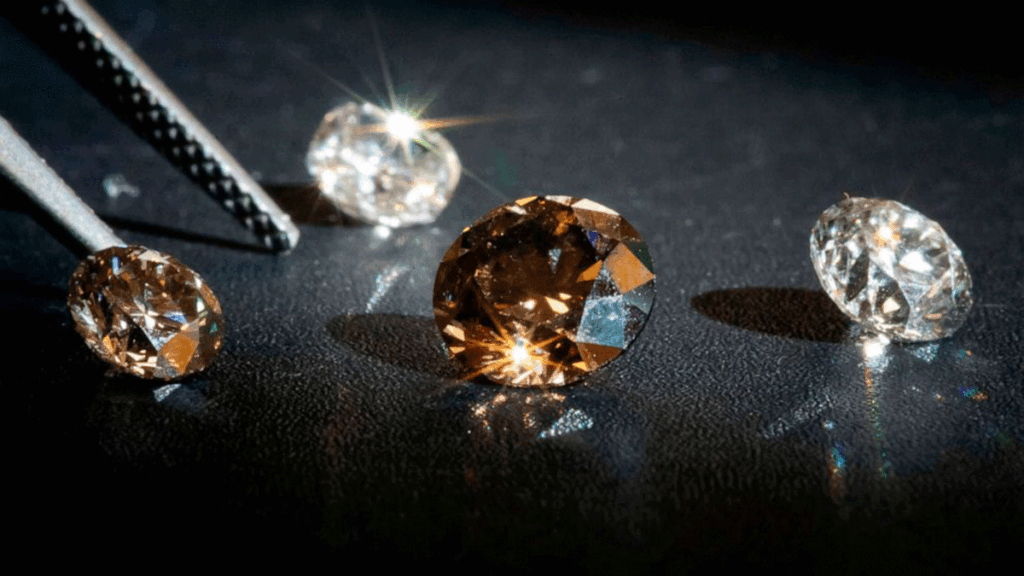Color is the most momentous characteristic of gemstones. It’s what makes the first impression—be it natural or lab-grown gemstones. But how do you evaluate color? And, more specifically, how to evaluate lab-grown diamond color?
“Colors answer feelings in man…” – John Sterling.
Is it then, a part of Nature’s grand design to make gold give a yellow shine and glitter, emerald, vivid and soothing green, and ruby a striking blood red—to stir the deepest feelings of man? Or just simply a piece of the mosaic of life?
How to Evaluate Lab-Grown Diamond Color
The world around us is made up of colors, or combinations thereof. Some are stark and vivid, while others are somber and soft tones.
Colors play a crucial role in the world of jewelry, especially diamond jewelry. They can make a diamond look dull and hazy, or crystal-clear and sparkly.
But how do you evaluate diamond colors, or decide what color fits your personality best?
This is what this article is about. So read on…
What are the Diamond Colors
Natural diamond quality is graded by the GIA (Gemological Institute of America according to the 4Cs—carat, color, clarity, and cut. Under such a grading scheme, diamond colors are classified from D (colorless) to Z (light yellow to brown). Outside of the scale are various diamond colors, which are grouped under the Fancy Diamond classification.
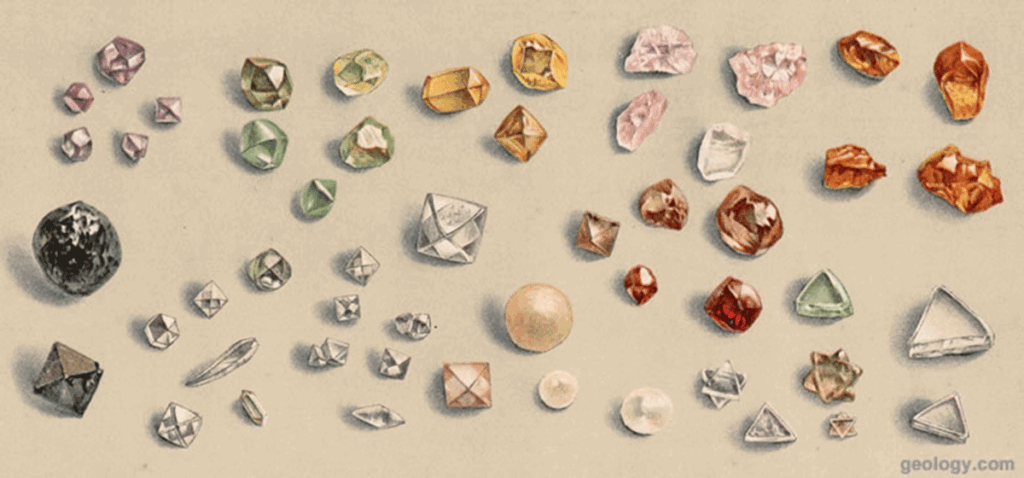
Then came lab-grown diamonds: introduced to the market in the 1980s. Like natural diamonds, they also come in a range of colors and clarity, depending on the level of technology used in creating them. Some labs can create D, E, and F colorless grades, others can only create the H, I, and J varieties.
Lab-grown Diamond Color Grades
Lab-grown diamonds have a narrower color gradient compared to natural diamonds. The lettering nomenclature, however, is the same.
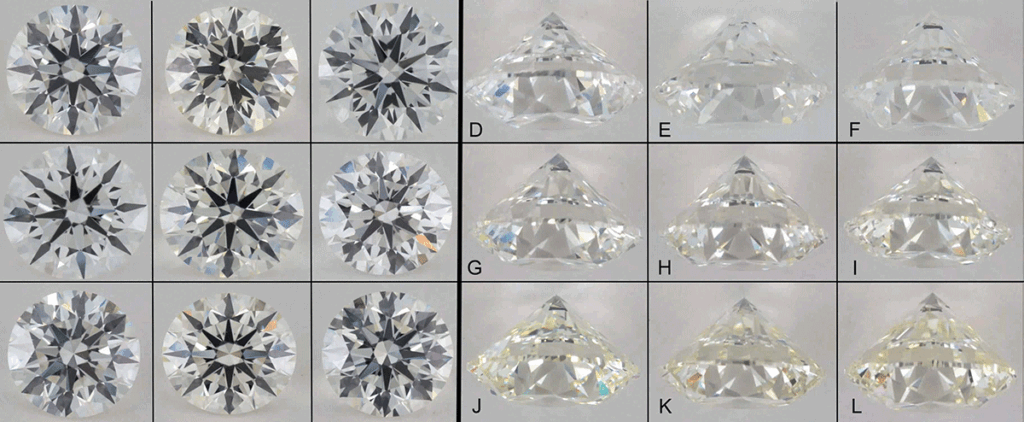
Grade D
Just like natural diamonds, Grade D lab-created diamonds are completely colorless. They don’t show any tint under magnification or when inspected by the naked eye.
Lab grown diamonds are made by either of two methods: HPHT CVD. And in buying lab grown diamonds, always ask for two things:
- That is marked “as-grown” diamond within the certificate
- Whether it is HPHT or CVD.
Item two is very important because HPHT simulates the natural conditions that create natural diamonds. This results in higher-quality stones; no need for post-growth treatment or color enhancement.
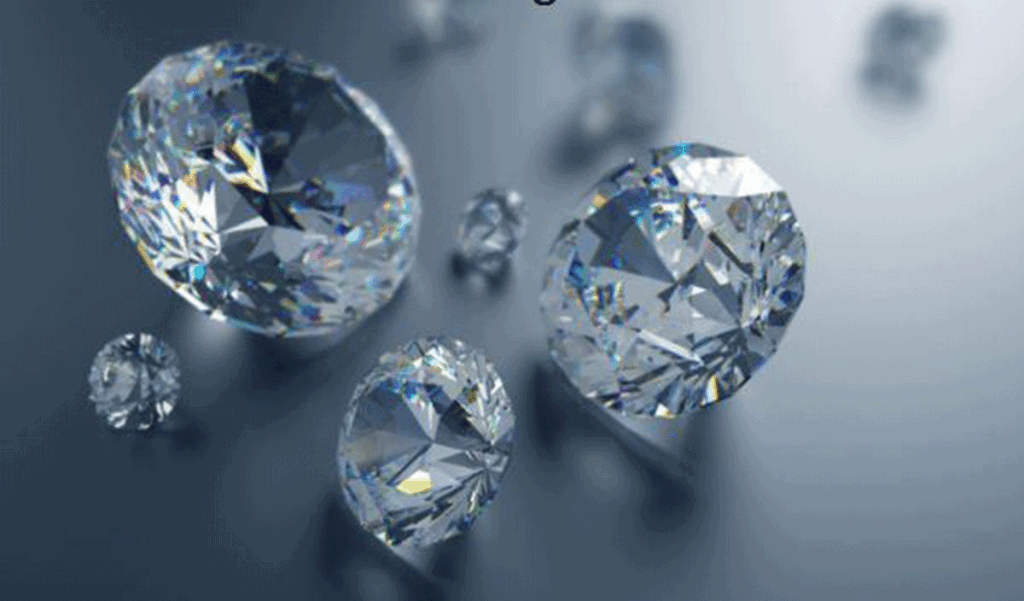
CVD diamonds, on the other hand, are brown or gray and need post-treatment color enhancement.
Of course, HTPT diamonds are more pricey than the CVD type because the process of creating them is more complex, the technology more advanced. In fact, CVD diamonds are roughly 50% lower in price than the HTPT types.
And here’s the rub.
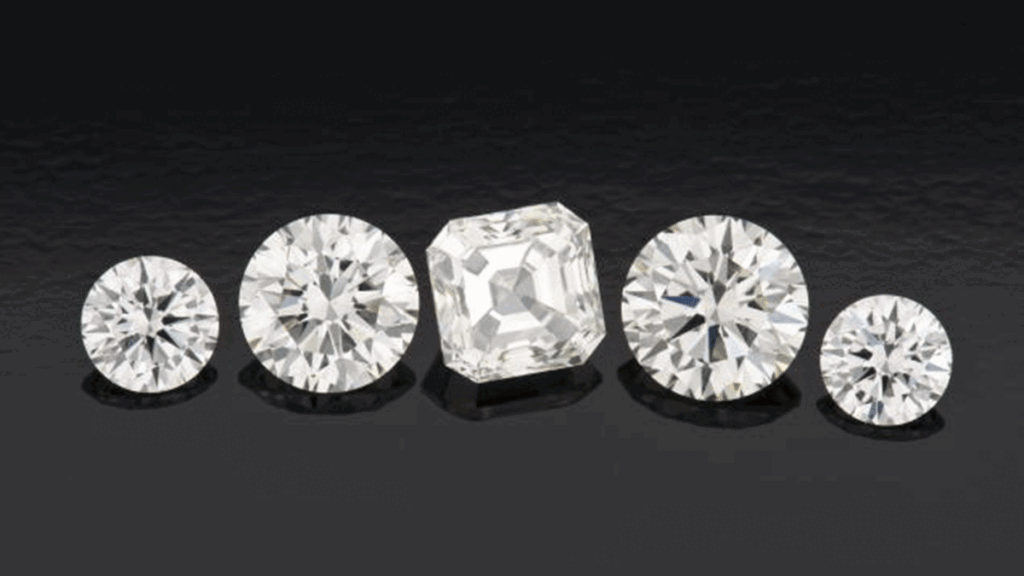
Many diamond dealers, believing that you don’t know much about lab grown diamonds, may sell you a CVD for an HTPT. So it is important that you thoroughly examine the certificate to see if the diamond you are buying is HTPT as-grown.
Evaluating Lab-Grown Diamond Color
Evaluating the right diamond color to fit your purpose and your budget is a tricky thing to do—both natural and lab-grown. While you might want a stone that is eye-clean and with the maximum amount of sparkle and glitter, your hopes may be dampened by having the wrong setting.
Not only that, the color differences between color grades are so insignificant to warrant spending more if you can buy something cheaper, yet still looks just as good. And this is more true regarding lab-grown diamonds.
They look just as beautiful as natural diamonds. Yet cost but a fraction. So if you want to have a momentary bang for your buck, then lab-grown diamonds are a worthy alternative, even if they don’t have an intrinsic value.
Lab-grown Diamond Colors
Lab-grown diamonds are not perfectly colorless. No. They do have some inclusions and distinctions in quality and color. But can a gemologist tell a lab grown diamond?
No. Synthetic diamonds are chemically and optically the same as natural diamonds. Hence, traditional and old-style gemologists cannot distinguish a lab-grown from natural stone. Only recognized grading bodies like the GIA or IGI can do that.
The importance of color in diamonds cannot be overemphasized. So you must always keep in mind the following:
- The absence of color impacts the quality and price of the diamond
- Color grade is set by a grading professional
- Fancy-colored diamonds are graded differently
- A ring’s setting plays a key role in the perception of a diamond’s color.
Understanding these will help you understand how lab-grown diamonds are priced and guide you to get the right color grade for you.
The first thing to do when shopping for lab-grown diamonds is to look for an IGI certification (other authoritative bodies are the AGS or GIA). Why the IGI? Because it issues certification on lab-grown diamonds. Though the GIA also does, the former is
That being said, here are the following IGI lab-created diamond color grades:
IGI lab-created diamond color grades
- Colorless: the highest color grade. This is equivalent to GIA’s D in natural diamonds. No tint can be detected even under magnification. E and F color grades look identical to the naked eye. Only an expert gemologist can tell the difference between a D, E, or F.
- Nearly colorless: corresponds to the G-J natural diamond color grades. They have nearly no color and appear mostly colorless to the naked eye. Though they look the same as the D to F, they are priced lower.
- Faint tint: these lab-grown diamonds are equivalent to the K-M color grades. They show a slight yellow tint to the naked eye. Some people prefer these grades as they look “warm.”
- Very light tint: they look very much like natural diamonds in the N-R color range. They are priced lower and are not generally recommended for engagement rings. It is better to go for fancy diamonds like yellow or pink if you want some colors in your ring.
- Light tint: these types of lab-grown diamonds are equivalent to the S-Z range of natural diamonds. They have distinct yellow or brown tints. Again light tint diamonds are not recommended for engagement rings. Better go for fancy-colored stones.
Engagement rings typically use colorless diamonds. If you opt to buy lab-created types, go for the nearly colorless. You’ll be paying a lot less and still get a relatively colorless stone on your ring.
Lab-created diamond buying guide
In buying lab-created diamonds, pay close attention to the color. Aside from the IGI guide, consult seasoned gemologists for guidance. Don’t zoom in immediately on a particular stone. Instead, look at several samples to compare their colors.
Pay close attention to tinting. If it doesn’t appear colorless to you, then don’t buy it. Review several samples in the G-J color range.
And as you evaluate each sample, do not lose sight of your setting. For your info, a diamond with a slight yellow tint will look fabulous in a solitaire setting. Its yellowness won’t show at all. The color of the metal setting impacts how diamond color is perceived. So if you purchase a diamond in the J color range, set it in a darker metal like yellow gold to make it look sparkly.
How to get the most of lab-grade diamonds
To get the most out of your lab-grown diamond purchase, follow these simple tips:
White gold, platinum, rose gold solitaire engagement rings:
H-J grades – round cut. You will unnecessarily be paying higher for any grade higher than H.
G-I grades – emerald, princes Asscher cuts.
F-H grades – all other diamond cuts
Yellow gold engagement rings
K-M grades – round cut. The diamond will absorb the yellow gold color, making it look more sparkling.
J-K grades – emerald, princess and Asscher cuts
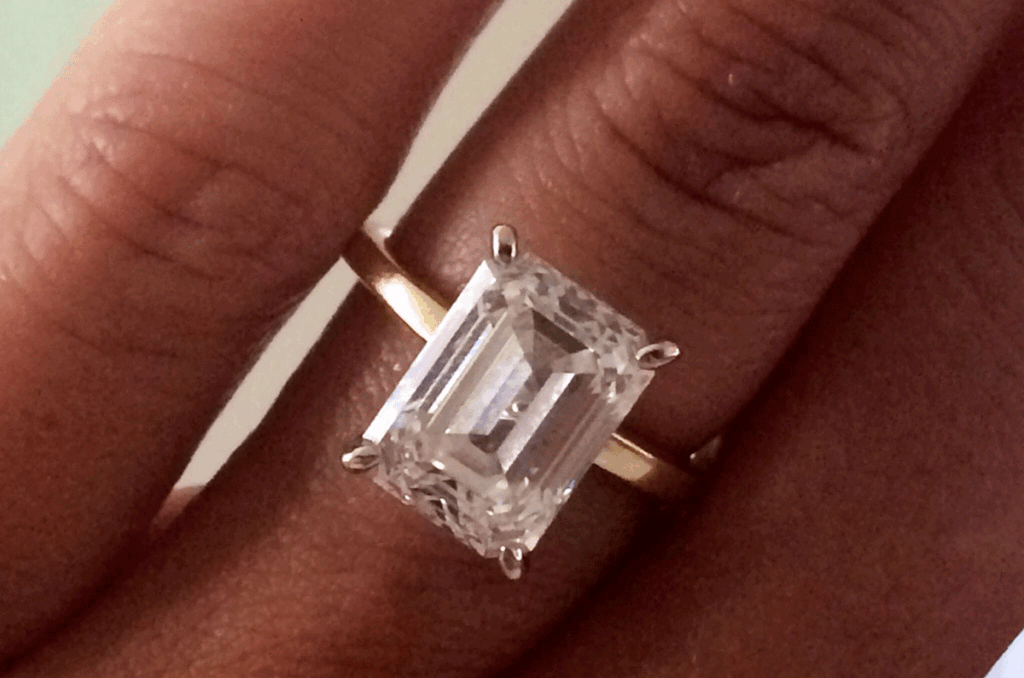
I-J grades – all other diamond grades.
Pave or with side-stone rings
G-I grades – round, princess, emerald, and Asscher cuts
F-H – all other diamond shapes
Halo engagement rings
F-H grades – all diamond shapes.
Some diamond dealers put too much emphasis on color and may convince you to buy a particular gem with the highest possible color grade. Of course, this is nothing but a well-rehearsed sales pitch.
Without a doubt, color plays a key role in the aesthetics and brilliance of a diamond—natural or lab-grown. But the differences between color grades are often so insignificant for the extra buck you may have to spend.
For example, the differences between G and J grades cannot be perceived by anyone except experts using some magnification. The point of this is the extra amount you may be paying for something that nobody cares about or notices.
Besides, your colorless and brilliant diamond may just look dull and hazy if you use the wrong setting. For example, white gold can mask or enhance the color of a diamond, like the one in this James Allen review. Then, there is the matter of side stones.
Color Your World with Lab-grown Diamonds
If you are contemplating having an engagement ring with side stones, make sure their colors complement each other. Side or accent stones should either match the color grade of the center stone or be darker, lest they become the focus instead of the center stone.
There are a lot of things to consider when buying a diamond such as Cut and Clarity. While Color plays an important role in a diamond’s beauty, it is not the sole determining factor when it comes to price.
And where the price is concerned, this is where lab-grown diamonds take the lead over natural diamonds. For a fraction of the price of natural diamonds, you can get synthetic diamonds that are just beautiful as the real ones. They can look just as colorless, and as clear. And they can be cut any way you want them cut.
As mentioned earlier, while Cut and Clarity play more crucial roles in evaluating a diamond, Color cannot be downplayed as well. It augments the beauty and sparkle of the stone. However, even if you don’t go with the highest color grades, you can still find a beautiful lab-created diamond that looks white and is of much better value.
They are ethically sourced, with a minimal impact on the environment. The downside is that while they give the most bang out of your investment, they have practically zero resell value.
